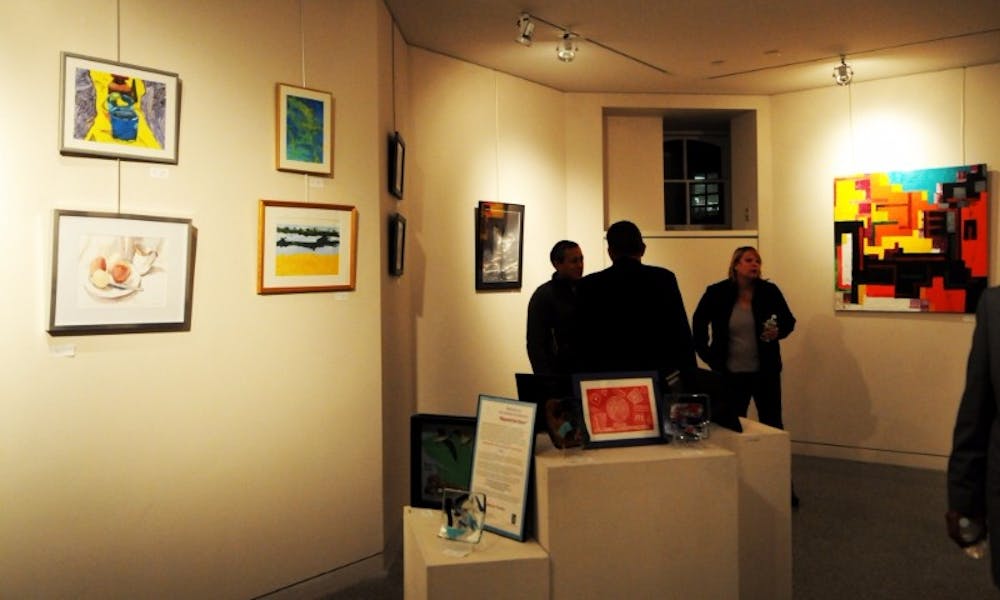
Penn medical students have turned to art in an attempt to improve their clinical skills.
A study by the University of Pennsylvania and Children’s Hospital of Philadelphia, in collaboration with the Philadelphia Museum of Art, showed that taking a course with the art museum benefited medical students' observational skills. Jaclyn Gurwin, an ophthalmology resident at Scheie Eye Institute, is the lead author of the study.
“The results of this study are incredibly encouraging, showing that art observation training can improve medical and ophthalmological observational skills,” Gurwin said to Penn Medicine News. “We hope that the improved observational abilities from this training will translate to improved clinical effectiveness, empathy and, ultimately, will make better physicians."
The study compared 36 students who took six 90-hour art observation courses at the art museum with other students who did not take any of the courses. In each session, professional art educators used the “Artful Thinking” teaching method, which emphasizes “introspection and observation before interpretation.”
“We want people to learn to observe before they start to interpret so once they start to interpret they have a much richer and more complete understanding of what they’re looking at,” Adam Rizzo said to the Philadelphia Inquirer, a museum educator.
First-year medical student Beatrice Go told the Inquirer that she believes the course’s lessons have helped her "see how there isn’t one concrete answer to seeing something … that we learn through multiple interpretations and seeing things in different ways."
The course offered for first-year medical students at the Philadelphia Museum of Art teaches different techniques during each session. In the first few sessions, students learn art basics to sharpen their “descriptive, observational and communication” skills, such as color and shape concepts. In the following sessions, students attempt to look at artwork from multiple perspectives in order to facilitate empathy. A fourth-year medical student discusses applications to clinical settings at the end of each class.
Another goal of the course is to teach students to slow down in the clinic.
“It’ll help them look more closely at patients, as a matter of habit, rather than follow the reflexive response to hear and see quickly and move on,” Perelman School of Medicine professor and author of the study Horace Delisser said. “We want to make them more empathetic and better understand what patients are experiencing.”
The Daily Pennsylvanian is an independent, student-run newspaper. Please consider making a donation to support the coverage that shapes the University. Your generosity ensures a future of strong journalism at Penn.
Donate




